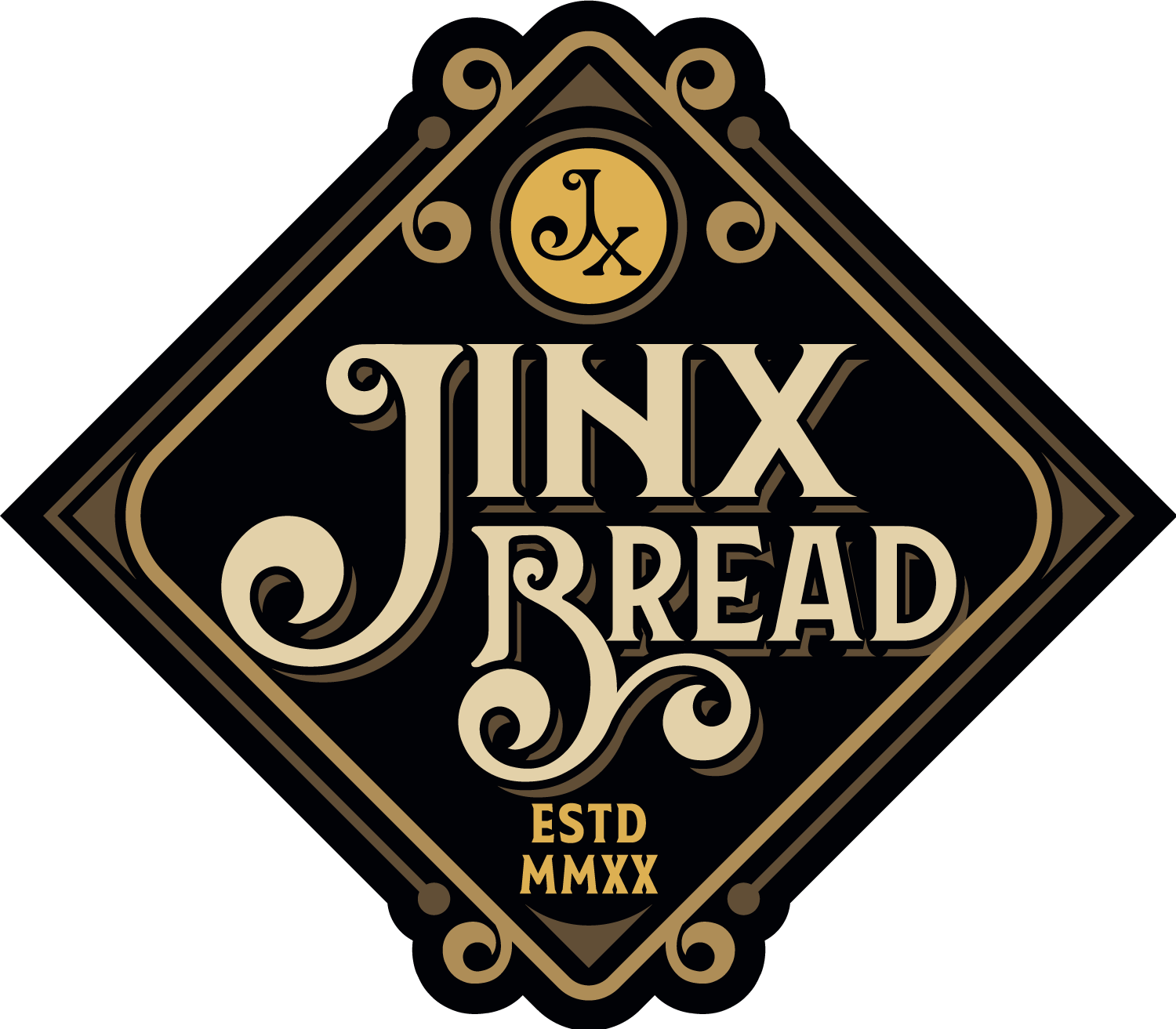
Natural Leaven
You’ll hear “leaven”, “levain”, “starter”—it’s all the same thing: wild yeast. Just flour, water, and microflora. It’s a myth that levain gets its microflora from the air; it’s actually from the bits of bran from the wheat berry in the flour. That’s why whole wheat or rye make for such robust levain.
And it’s really not that mysterious. Until the late 1800s, all bread was made with natural leavening. Fresh yeast / active dry yeast / instant yeast - is made by a company—like processed cheese. Commercial yeast works amazingly fast but adds no personality whatsoever—the dumb jock of ingredients. It’s pesto chewed up in a food processor instead of ground in a mortar. Or making a wine sauce with boxed chicken stock instead of homemade demiglace. But natural leavening offers more than depth of flavor.
You really will feel less bloated because you’ll be less bloated
The evidence is pretty good; a paper compared the glycemic response of eight humans (this is why it’s only pretty good) after eating bread that was naturally leavened or bread leavened with baker’s yeast. The results showed that naturally leavened bread “gave glycaemic responses significantly lower (p < 0.001) than the corresponding products leavened with S. cerevisiae.” This means that your blood sugar won’t spike as quickly with natural leaven, which is welcome news for diabetics are people who bloat easily.
Baking with levain is more complicated and takes much longer. But it’s worth it.
Starting and maintaining your starter or levain is surprisingly easy. Always feel welcome to reach out and ask for advice.
